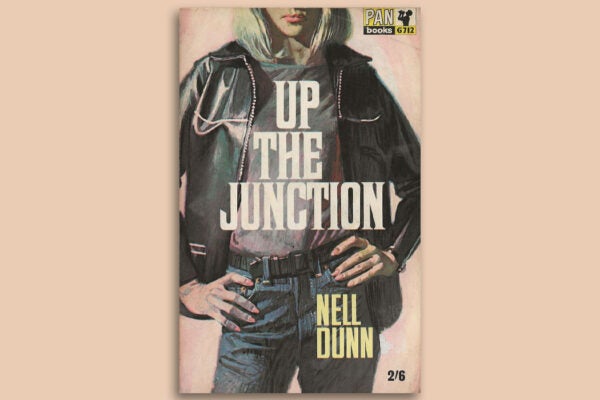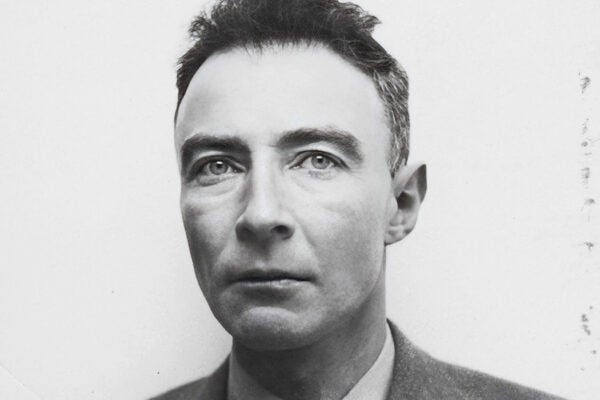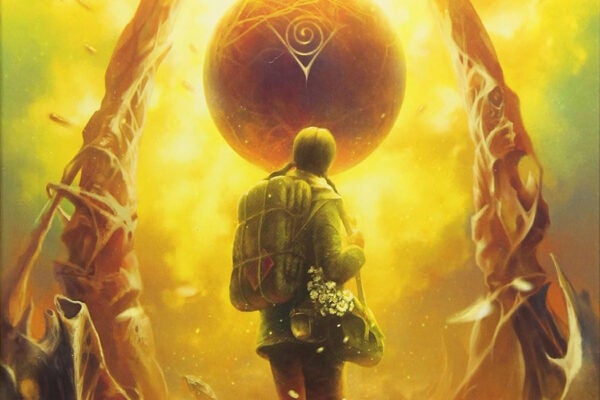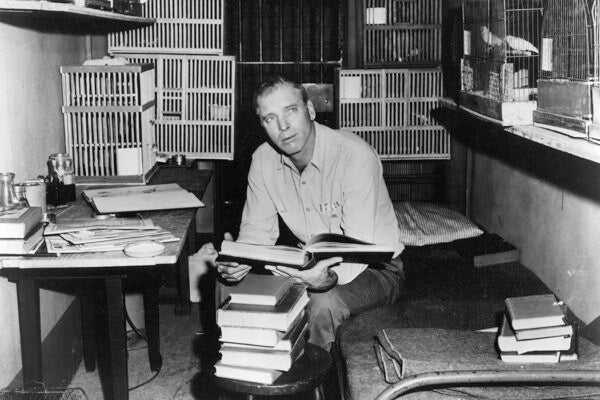Up the Junction: A Place, A Fiction, A Film, A Condition
In addition to a New Wave hit, Nell Dunn's 1963 book about young women in a poor London neighborhood inspired a Ken Loach adaption that helped shift British attitudes toward abortion.
Eileen Gray: Architect In Her Own Right
Without formal training as an architect, Gray created magnificent designs that sensitively blended traditional craft with a modern aesthetic.
Charting the Music of a Movement
Galvanized by an act of racial violence, the band A Grain of Sand brought a new version of Asian American activism and identity to the folk music scene.
A Night at the Oscars
All (or at least a lot) of what you need to know before going to this year’s Academy Awards watch party.
The Annotated Oppenheimer
Celebrated and damned as the “father of the atomic bomb,” theoretical physicist J. Robert Oppenheimer lived a complicated scientific and political life.
What Do Gardens and Murder Have in Common?
Writers have long plotted murder mysteries in gardens of all sorts. What makes these fertile grounds for detective fiction?
Chinese Science Fiction Before The Three Body Problem
Viewing the genre as a means to spread modern knowledge, Chinese novelists have been writing science-fiction stories since at least 1902.
José Garcia Villa, an American Poet Ahead of His Time
While Villa’s otherness created an opening for his work in the US, American critics ultimately held both his modernism and his nationality against him.
Freeing Birdman of Alcatraz
Neither the Bureau of Prisons nor the Production Code Administration could stop the production of a movie about murderer and ornithologist Robert Stroud.
Land of the Free, Home of the Bootleggers
When technology made music mobile, the American South changed from one type of bootlegging industry to another: copying and selling records.









